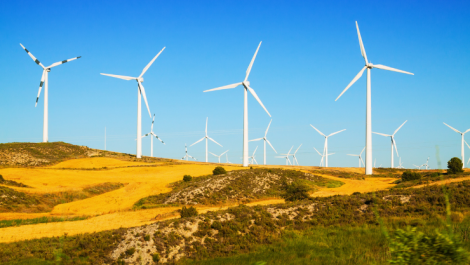In his Bruno Kessler Lecture last year, Roberto Viola, Director-General for Communications Networks, Content & Technology at the European Commission, said that energy usage by European data centres will grow by 20% by 2020. The calculation is based on figures from 2015 when data centres consumed over 104 terawatt hours, which is 104 million million watts. Data centres accounted for 3% of all of the electricity used within the European Union and Mr Viola said that their energy usage requirements will grow by 35% by 2029. The communications industry will account for a substantial amount of that volume, primarily to support rising electronic media usage.
These numbers are based just on what is known at the moment. They do not take into account the energy load of new applications for digital technologies. Nor do they reflect increases in the amount of time people spend using digital channels and platforms which keeps growing despite data security concerns. We can only expect that energy requirements will continue to rise, because we are seeing such enormous growth in the use of distributed networked information technologies and cloud computing. This increase in usage is especially likely for those of a mobile persuasion.
The acres of servers humming away at various points around the planet support all this digital activity. But they need energy to function so requirements for energy generation, supply and security can only rise. To get how dramatic an increase is required into perspective, most small to medium sized enterprises, ie most printing companies, use somewhere between 15,000 and 25,000 kWh per year. This doesn’t reflect the rising levels of online activities expected across industries as more business gets done online. This is acutely true for the graphics industry, where many businesses deliver content and order print online. It helps that the energy efficiency of printing and finishing equipment is improving, but this doesn’t do much to solve the supply problem.
Mr Viola told his audience we should expect that usage of “renewable energy [will] increase up to 75% and energy efficiency improve substantially, by approximately a factor of two.” But the predicted increased energy requirements still place a considerable burden on energy generation and distribution. There is the added concern that our dependence on having so much of it creates an undesirable vulnerability in an increasingly uncertain world.
This adds an interesting dimension to already underwhelming communications security. What this means for the graphics industry is as clear as it is for any other industrial sector: not clear at all. What we do know is that print has a one time carbon footprint and energy hit, both of which occur during production. Unlike electronic media there is no need to provide an energy network to ensure printed content’s accessibility. This is hardly a compelling argument to abandon electronic media, but it could be part of a brand owner’s considerations for investments into print.
– Laurel Brunner
This article was produced by the Verdigris Project, an industry initiative intended to raise awareness of print’s positive environmental impact. This weekly commentary helps printing companies keep up to date with environmental standards, and how environmentally friendly business management can help improve their bottom lines. Verdigris is supported by the following companies: Agfa Graphics, EFI, Fespa, HP, Kodak, Kornit, Ricoh, Spindrift, Splash PR, Unity Publishing and Xeikon.





